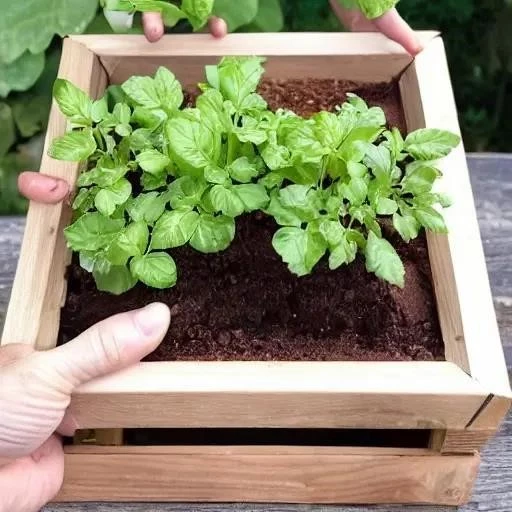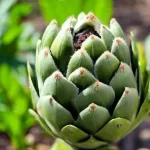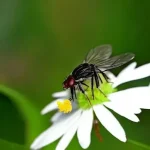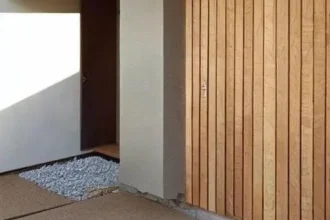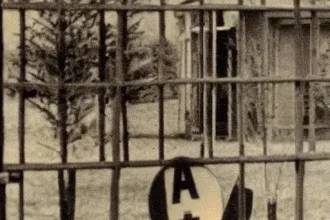For generations, gardeners have grappled with the relentless march of the seasons, watching their vibrant plots fade into dormancy as autumn’s chill descends. The dream of fresh, homegrown produce in the depths of winter often felt like an unattainable fantasy, restricted to those with elaborate greenhouses or specialized indoor setups. However, a remarkably simple yet incredibly effective solution has been quietly empowering enthusiasts and seasoned horticulturists alike: the humble cold frame. This ingenious, unheated mini-greenhouse is not just a relic of traditional gardening; it’s a dynamic, forward-thinking tool poised to transform your approach to cultivation, offering a tangible path to extended harvests and unparalleled growing resilience.
Imagine plucking crisp lettuce in February or nurturing delicate seedlings weeks before the last frost. This isn’t wishful thinking; it’s the accessible reality that mastering cold frame gardening tips can unlock. By creating a protected microclimate, these low-tech wonders shield your precious plants from biting winds, freezing temperatures, and even heavy snow, allowing for earlier planting, later harvesting, and the successful overwintering of various crops. The potential for year-round fresh food, cultivated right in your backyard, is not merely convenient; it represents a powerful step towards greater food independence and a deeper connection with nature’s enduring cycles, promising a future where seasonal limitations are increasingly a thing of the past.
Key Benefits & Applications of Cold Frame Gardening
| Aspect | Description | Key Advantage |
|---|---|---|
| Season Extension | Allows planting earlier in spring and harvesting later into fall or even winter. | Enjoy fresh produce for more months of the year. |
| Seedling Protection | Shields young plants from harsh weather, pests, and sudden temperature drops. | Higher success rates for delicate starts before transplanting. |
| Hardening Off | Gradually acclimates indoor-grown plants to outdoor conditions. | Reduces transplant shock, ensuring stronger, healthier plants. |
| Overwintering Crops | Keeps hardy vegetables (e.g., spinach, kale, carrots) productive through winter. | Continuous supply of certain fresh greens and roots. |
| Cost-Effectiveness | A low-cost alternative to heated greenhouses, requiring minimal energy input. | Sustainable and budget-friendly gardening solution; |
Mastering the Microclimate: Essential Cold Frame Gardening Tips for Success
Achieving consistent success with a cold frame hinges on understanding and actively managing the unique environment it creates. It’s more than just placing a box over plants; it’s about becoming a microclimate maestro. One of the paramount considerations is strategic placement. Experts universally recommend positioning your cold frame in a south-facing location, ensuring maximum exposure to the winter sun. Crucially, shield it from prevailing winds, perhaps by situating it against a building or fence, which will significantly reduce heat loss and maintain a more stable internal temperature. This thoughtful siting, a cornerstone of effective cold frame operation, is often the difference between thriving greens and struggling seedlings, directly impacting your harvest potential.
Equally vital is ventilation. Despite its purpose as a protective enclosure, a cold frame can rapidly overheat on sunny days, even in winter, turning into a plant oven rather than a sanctuary. By carefully managing ventilation, you prevent heat buildup, reduce humidity, and deter fungal diseases. Lifting the lid or propping it open for a few hours during the midday sun, then closing it before temperatures drop in the late afternoon, is a daily ritual for seasoned cold frame gardeners. Many modern designs even incorporate automatic vent openers, which, utilizing a wax-filled piston, expand with heat to lift the lid, offering an incredibly convenient and reliable solution for temperature regulation, mimicking the careful hand of an attentive gardener.
Beyond these foundational elements, watering practices within a cold frame demand a delicate touch. Plants in a protected environment generally require less frequent watering than those exposed to open air. Overwatering, a common pitfall, can lead to root rot and other moisture-related issues. Instead, check the soil moisture regularly, watering deeply but infrequently, allowing the top layer of soil to dry slightly between applications. Furthermore, selecting the right crops is paramount. Hardy greens like spinach, kale, various lettuces, and Swiss chard, along with root vegetables such as carrots and radishes, flourish in cold frame conditions, offering substantial yields throughout the colder months. These resilient varieties, having adapted to cooler temperatures, become incredibly productive when given this added layer of protection.
Finally, a crucial practice for any gardener utilizing cold frames for spring planting is hardening off. This process involves gradually acclimatizing seedlings, raised in the sheltered warmth of your home or cold frame, to the harsher realities of the outdoor world before permanent transplanting. Over a week or two, expose them incrementally to increasing periods of direct sunlight, wind, and cooler temperatures. Initially, open the cold frame lid for just an hour, progressively extending the duration each day until the plants are spending full days and even nights exposed. This meticulous transition, preventing transplant shock and bolstering plant resilience, is a testament to the transformative power of patience and careful preparation, ultimately empowering your plants to thrive robustly once established in the garden bed.
Embracing the Future of Year-Round Cultivation
The cold frame, far from being a quaint gardening accessory, stands as a powerful symbol of ingenuity and resilience in the face of climatic challenges. It embodies an optimistic vision for the future of gardening, where the boundaries of season and geography become increasingly fluid. By integrating these expert cold frame gardening tips into your horticultural repertoire, you are not merely extending your harvest; you are investing in a more sustainable, self-sufficient, and profoundly rewarding gardening journey. The ability to cultivate fresh, vibrant produce year-round, connecting intimately with the rhythms of growth even as winter winds howl, is a testament to human innovation and our enduring desire to nurture life. So, dare to defy the seasons; build your cold frame, embrace these transformative techniques, and embark on a perpetually bountiful adventure!
